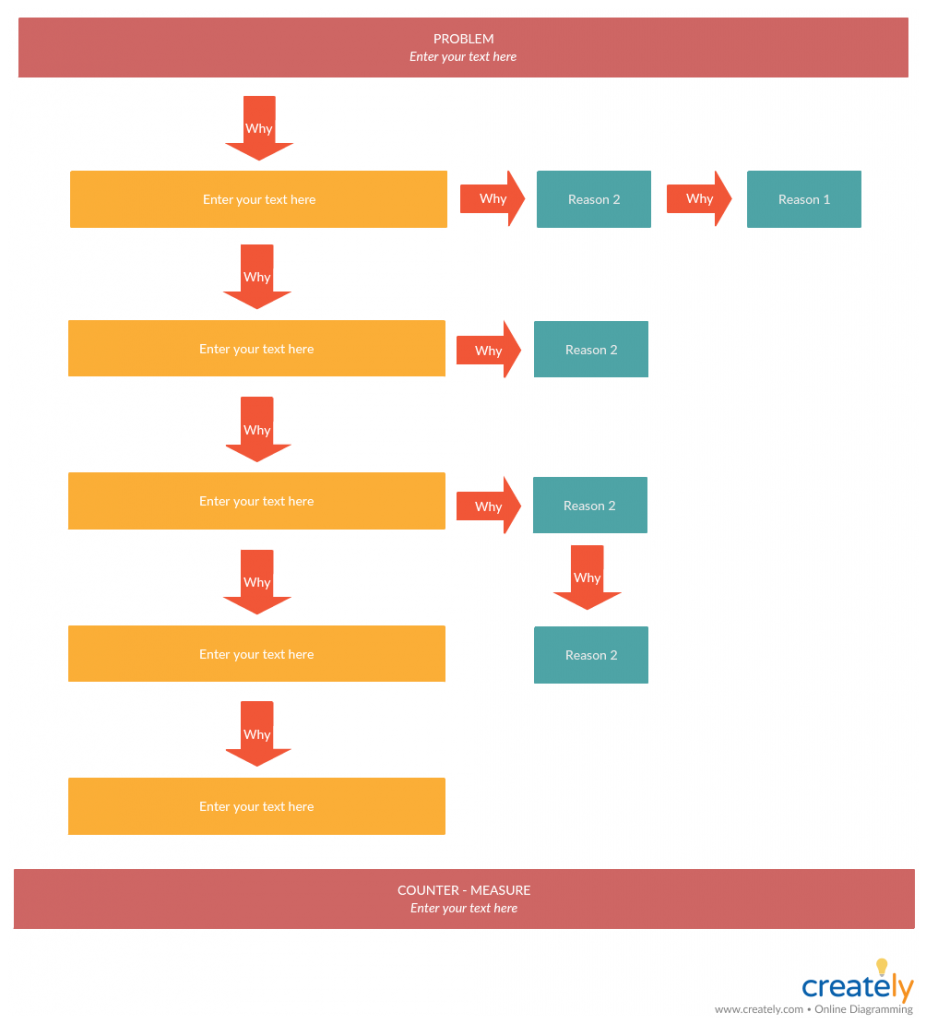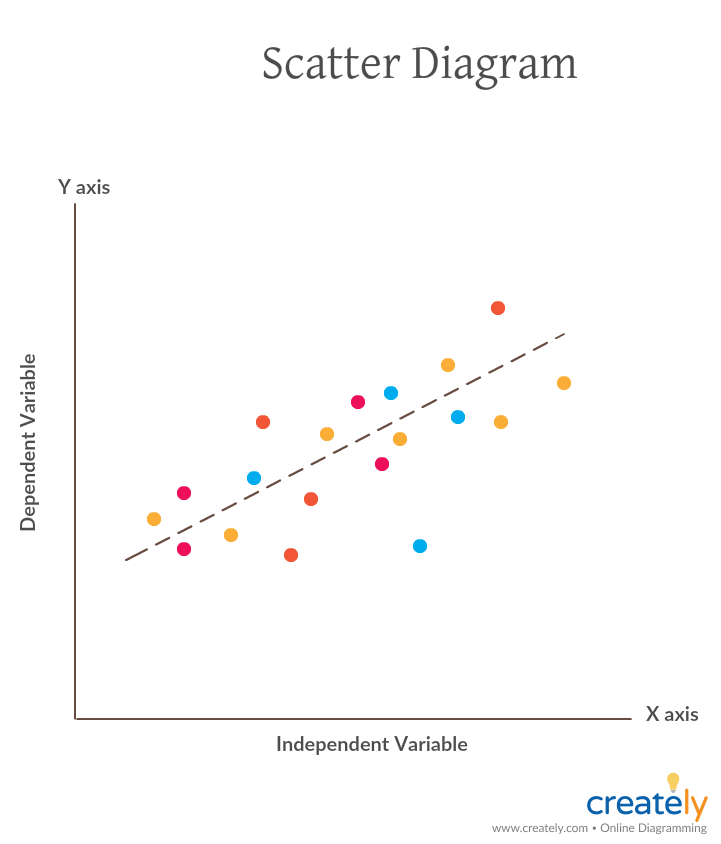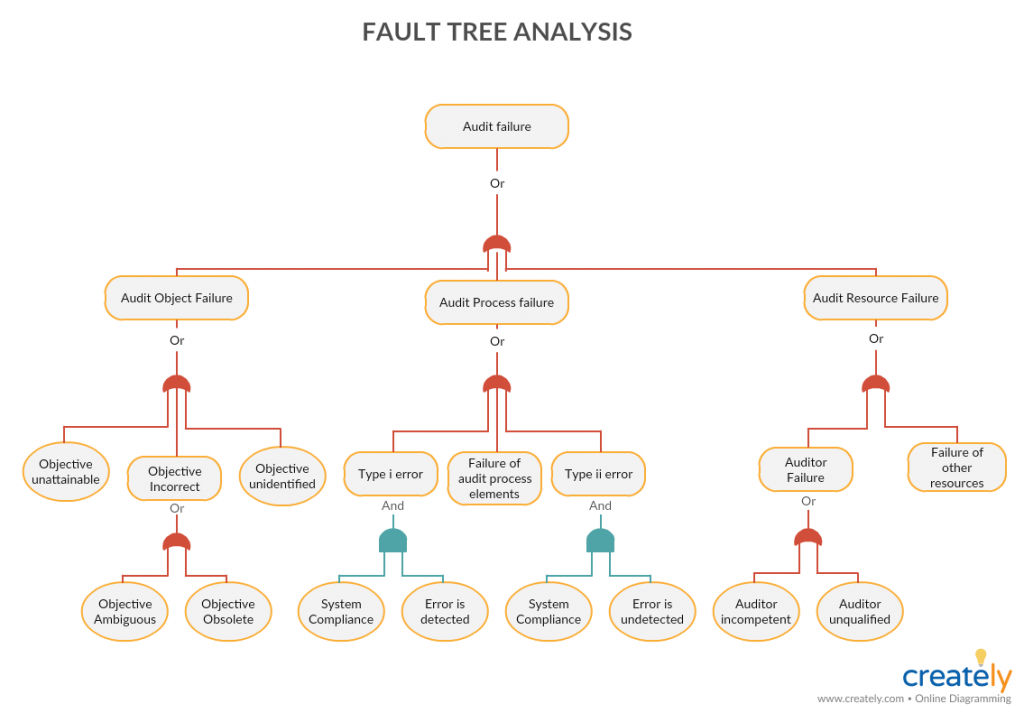How Leadership Styles Impact Employee Productivity

Driving engagement, buy-in, and collaboration across generational and cultural boundaries is critical to success in a VUCA world, and it is one of my professional areas of practice. The difference a change or adaptation in leadership style can make is profound on a multiplicity of levels that impact performance, collaboration, and accountability.
Enjoy this guest post by Jen McKenzie on the importance of leadership styles.
People grossly underestimate all that’s involved with being a successful business owner. Every moving part of a company ultimately falls on you. That’s a lot of pressure to deal with.
Without good employees, it’s impossible to achieve anything. If you needed to prioritize the elements that make an employee good for your business, productivity might fall at the top of the list.
The productivity of an employee is their ability to use their time wisely, produce work efficiently and be reliable. If an employee commits to improving their ability so they can get results, they’re a productive member of the team you’ll want to keep around.
The productivity of your employees impacts your bottom line.
Many leaders don’t realize this, but your leadership style directly impacts your employees and their ability to be productive.
Consider the following leadership styles
and ways you can improve within the style that suits your personality.
Authoritarian Leadership
If your leadership style is authoritarian, you work best by yourself. You see yourself as the point person for the job.
You are fully aware of your team, but you see them as the ones who carry out the orders you give.
The Positive Aspects of an Authoritarian Leader
One of the most obvious benefits of being an authoritarian is that your employees don’t have to guess where you stand on an issue. You’ll make it very clear how you feel about a specific strategy.
Plus, they won’t have to worry about what your end goal is. If you want your employees to do a specific task a certain way, you’ll definitely let them know.
So many employees are tortured by the guessing game their employers seem to play because neither party is clear on what the goal is.
The Negative Aspects of an Authoritarian Leader
Unfortunately, an authoritarian leader has great potential to be a micromanager.
Micromanagement can really stifle an employee’s ability to be creative and innovative. Because an authoritarian leader knows what they want, they won’t budge or be open to other suggestions or conversations.
Even in a setting where there is a clear distinction between the employer and the employee, many employees don’t enjoy feeling like they’re in a work environment where they know their opinions don’t really matter in the grand scheme of it all.
An Authoritative Solution
If this is your leadership style, feedback is important. You need to know more about the experiences and situations your employees are facing because of the work they’re doing for your company.
If an employee sees a more efficient way of doing something, it will only help your brand in the long run.
Receive feedback, check your ego at the door and be open to
conversations that lead to necessary change.
Democratic Leadership
When people think of a democracy, they think of government constructs. However, this is also a leadership style.
In similar form, a democratic leader really doesn’t have any say. They leave it completely up to the people to decide for how the company will operate.
The Positive Aspects of Democratic Leadership
A democratic leadership style shows you are open to the perspectives, opinions, and desires of your employees.
Some might argue that a democratic style is the best one because the decision is made by the people in your organization. You’re not a dictator by any means.
The Negative Aspects of Democratic Leadership
In a lot of ways, democratic leadership leaves you at the mercy of your employees.
Even if a leader is strong with clear opinions, they won’t give directives. As a result, this can lead to a sense of inconsistency within the company.
As employees change their minds and feel differently about different experiences or goals, the company will shift. Still, the consequences will hit you first since you’re the leader.
Studies suggest that economic instability can directly threaten the construct of democracy.
If this is true for a country, imagine how much more applicable it can be to a small business.
A Democratic Solution
Take a note from both participative and authoritative styles of leadership.
It’s okay to receive the suggestions of your employees. Create an ongoing dialogue.
However, develop a strong stance and a clear vision that you’re not afraid
to implement.
Participative Leadership
Participative leadership is probably the healthiest approach to leadership.
It leaves room for conversation and dialogue from the employees. The leader gives clear directives. However, the leader is still open to the participation of the employees within the decision-making process.
This leader takes their opinions into consideration when it’s time to make major decisions. Lean leaders change the workplace and business operations.
This was the case with Toyota and its use to Kaizen. Toyota has found that valuing employee feedback leads not just to better employee productivity, but leaner and better operations.
Your employees know exactly how day-to-day operations are functioning since they are the ones doing them.
Never forget that they are experts in their fields so treat them as such.
The healthiest part of this process is
that the employees feel like they can play a role in making the company an
amazing one. When you have purpose-driven employees, you’ll be able to
experience growth and productivity in dynamic ways.
Why Leadership Improvement is Imperative
There are lots of opinions regarding leadership styles and which work the best. However, for your company, make productivity a major priority.
When you’re able to adjust your leadership style to facilitate maximum productivity from your employees, you’ll be setting your company up for success.
_________________________________________
Do you want to drive greater engagement, buy-in, and success? Inspire greatness?
Contact irene@justcoachit.com to learn how we can help.
Author Bio Jen McKenzie is an independent business consultant from New York. She writes extensively on business, education and human resource topics. When Jennifer is not at her desk working, you can usually find her hiking or taking a road trip with her two dogs. You can reach Jennifer @jenmcknzie
Jen McKenzie is an independent business consultant from New York. She writes extensively on business, education and human resource topics. When Jennifer is not at her desk working, you can usually find her hiking or taking a road trip with her two dogs. You can reach Jennifer @jenmcknzie











